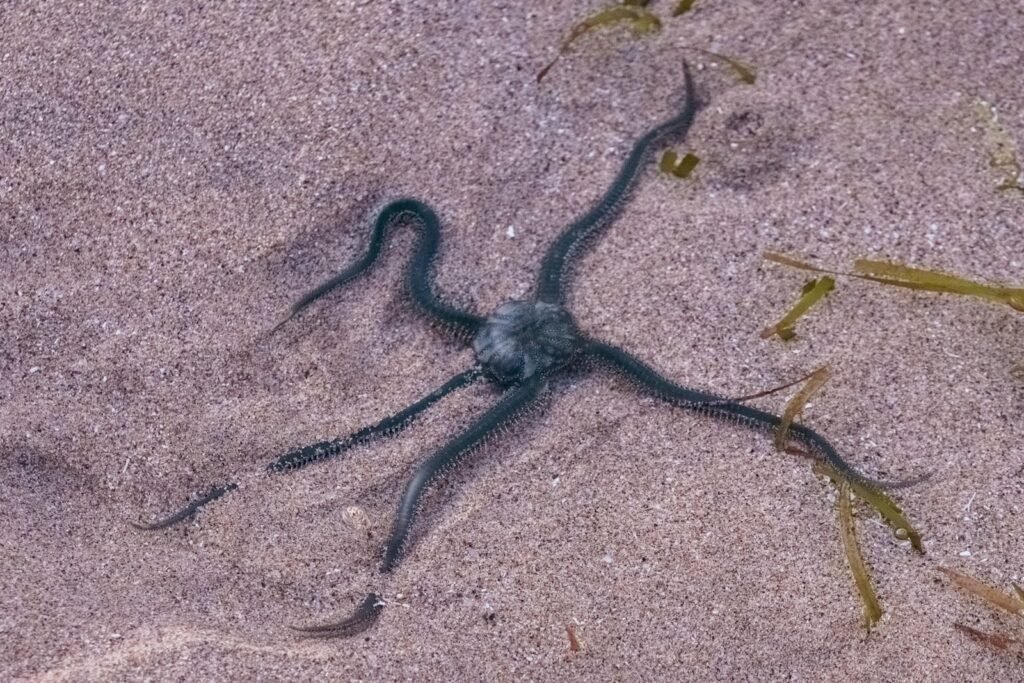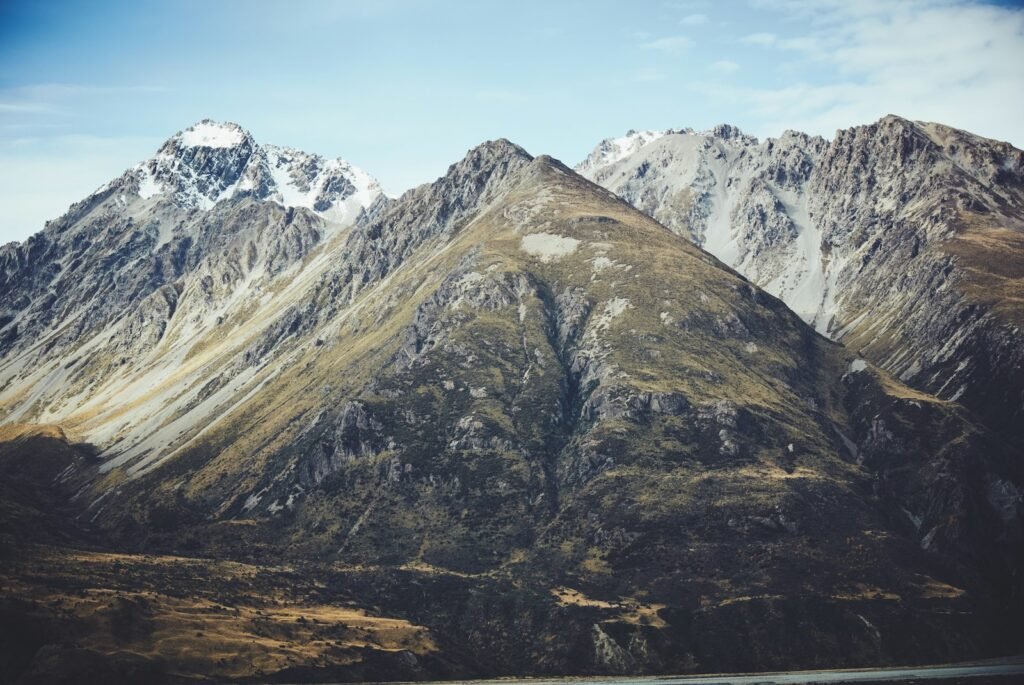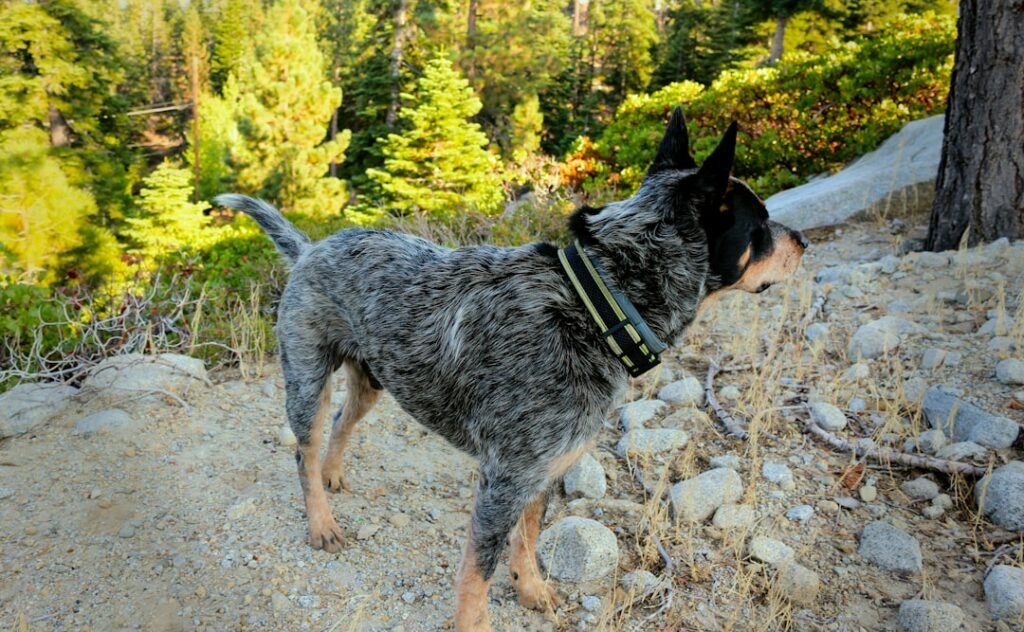A slick shape spills from a tide pool at dusk, arms questing like living ropes, and then – shockingly – it walks. Coastal scientists once treated such sightings as colorful footnotes. Now, amphibious behavior is moving center stage, reshaping how we think about life at the water’s edge. From octopuses that crawl across slick rocks to fish that gulp air and hop like clumsy gymnasts, the boundary between sea and shore is thinner than it looks. The mystery driving today’s research is simple and electric: how many coastal species are part-time animals, and what are they telling us about a changing planet?
The Hidden Clues
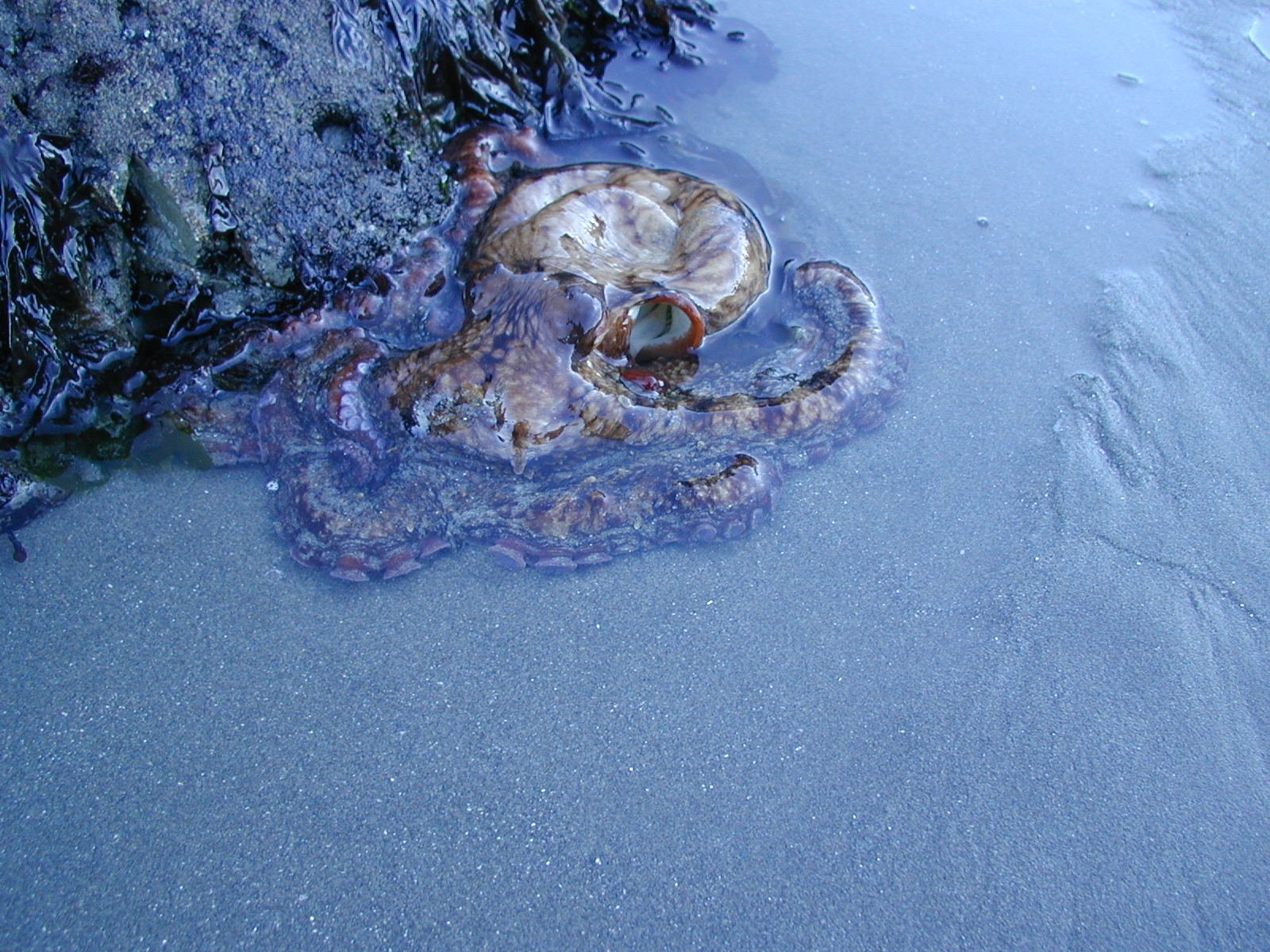
Have you ever seen an octopus stride between tide pools as if late for an appointment? That jolt of disbelief is the starting point for modern amphibious research. Field biologists have documented short, purposeful crawls by intertidal octopuses across wet rock, usually at low tide and usually for food or a safer refuge. The arm-by-arm motion looks improvised, but it’s precise, using suction cups like crampons and keeping a glossy film of water on the skin. The behavior lasts minutes, not hours, because air is a dangerous place for an animal built to breathe water.
Those brief crossings pack information. They signal that the animal can manage oxygen stress, navigate uneven terrain, and read tides with the intuition of a mountaineer reading weather. They also hint at competition below the surface – if a prime shelter is taken, moving overland might be the only option. Predators on the rocks, from gulls to raccoons, raise the stakes. To scientists, each crawl is a tiny natural experiment, replayed every tide cycle along coasts worldwide.
From Ancient Tools to Modern Science
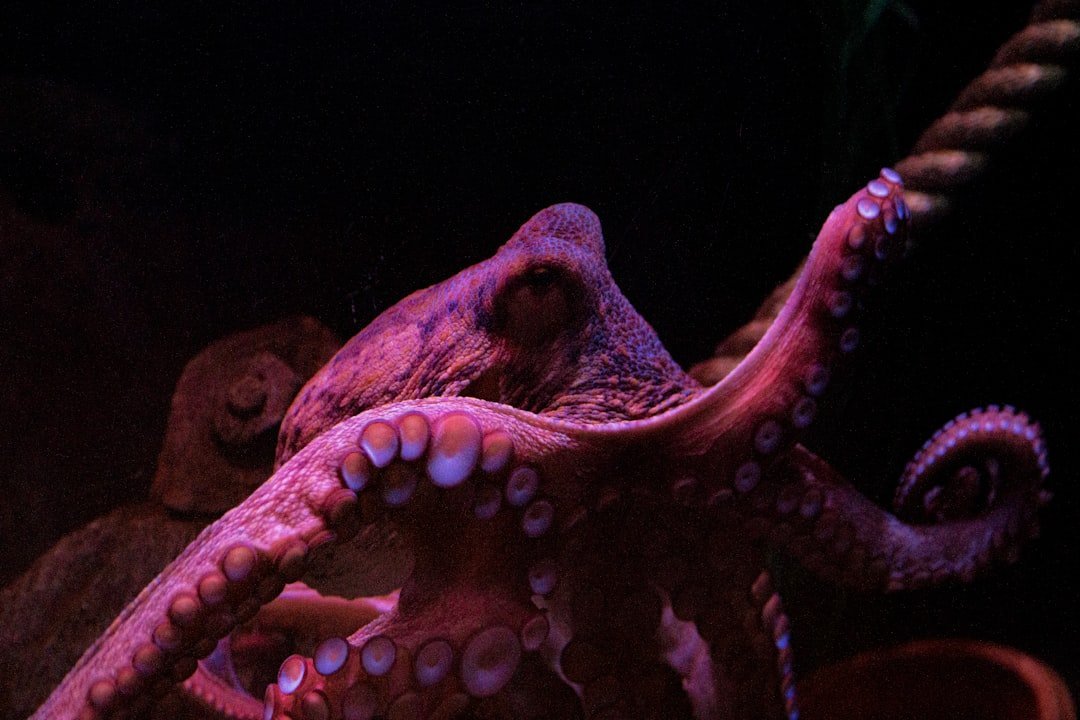
Early accounts of land-walking octopuses were mostly sailor stories and scattered notes in field journals. Today, researchers bring thermal drones, low-light cameras, and compact biologgers the size of a coin to the splash zone. Motion-triggered rigs watch tide pools through fog and spray, while AI helps sift thousands of frames for those rare crossovers. Environmental DNA pulled from puddles after the tide drops can reveal which species passed through, even if the cameras blinked.
What used to be luck is now a method. High-speed video lets scientists measure gait patterns, cup adhesion, and body angles on slick basalt. Microclimate sensors track temperature and humidity across a few feet of shoreline, matching each crawl to its environmental context. These data turn a startling anecdote into a testable pattern. It’s like switching from a sketchbook to a microscope and finding hidden architecture.
Anatomy of a Land Walk

Octopus biology is both a superpower and a constraint . Soft bodies mold to rock, and flexible arms distribute weight like eight little tripods. Suction cups need a thin film of water to grip, so animals choose damp routes and keep moving to stay moist. Their blood carries oxygen with copper-based chemistry that works well in cold water but struggles when heat and air combine. That’s why these journeys are short and strategic, not leisurely tours.
Coordination is the secret sauce. Instead of a single command center, each arm contains neural circuits that handle local problems – where to place the next sucker, how to push, when to pivot. The central brain sets the goal; the arms solve the terrain. On wet rock, that distributed control shines, allowing split-second corrections that keep the animal from slipping. Picture eight independent hikers linked by radio, each choosing the next secure foothold.
Risk and Reward on the Tidal Stage
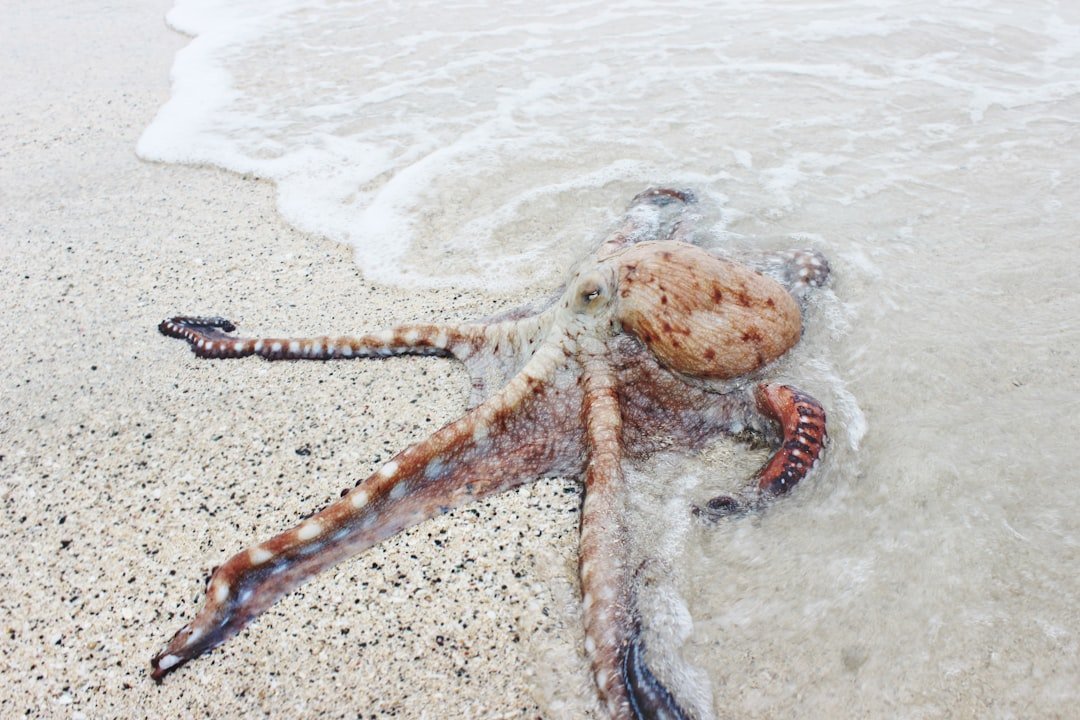
Leaving the water is an extreme bet. The risks are obvious: drying out, overheating, and becoming a gull’s quick meal. But the rewards can be immediate – crabs stranded in crevices, a vacant den, or a rapid shortcut to a safer pool. Coastal species play this game with tight timing, racing the tide like shoppers dashing in right before a store closes. Sometimes, the shortest line between two underwater points is a few feet of air.
Behavior shifts with conditions. After storms, debris fields create bridges of seaweed and shell, making overland routes easier. During heatwaves, night crossings grow more common, as darkness cools rock and buys breathing room. Individuals vary, too; some are bolder, some stick to deep water. The shoreline is not a single habitat but a moving mosaic, and amphibious behavior is the art of reading it.
Beyond the Octopus: The Amphibious Cast of Characters
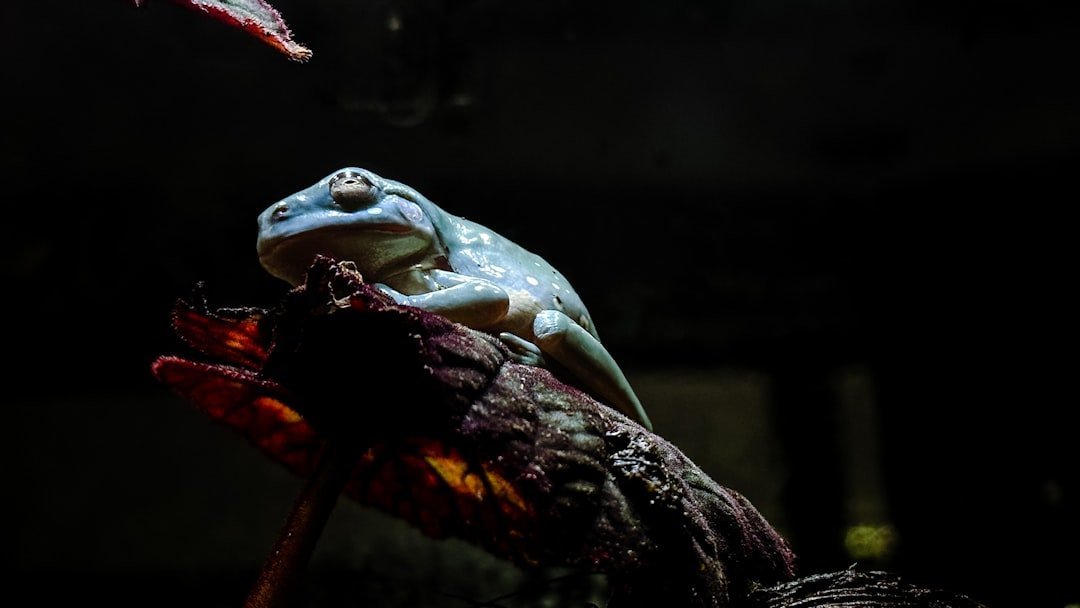
Octopuses share the stage with a surprising crew. Mudskippers sprawl on mangrove banks, blinking and gulping air as they defend tiny, sunlit territories. Eels slither across rain-soaked grass to reach new streams, their skin acting like a temporary gill when conditions are right. Shore crabs commute daily between surf and sand, shifting gears as tides lift and drop. Even some small fish species can make brief movements between pools, though with less agility than specialized amphibious species.
Each species has a trick. Some seal water in their gill chambers; others breathe through skin or mouth lining when air replaces sea. Fins become propellers , or crude crutches, or both. The toolbox varies, but the goal is the same: survive the tide’s long exhale. Once you notice these moves, a low-tide coastline looks less like a beach and more like a busy transit hub.
Why It Matters
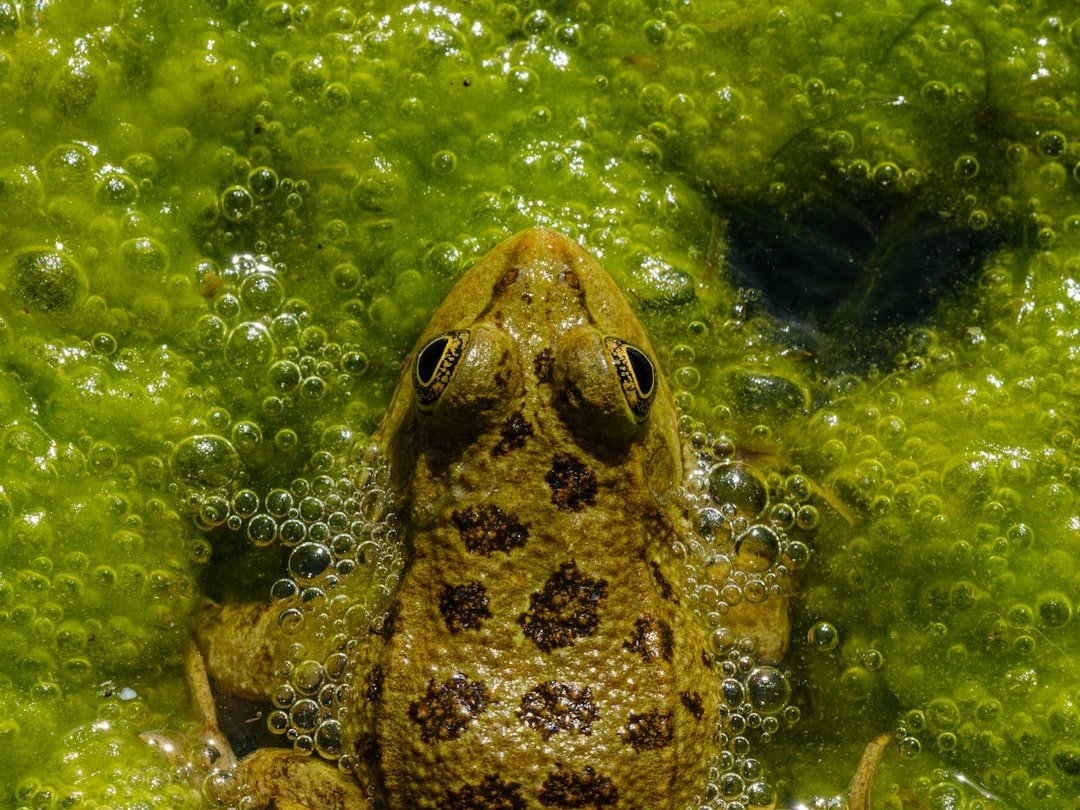
Amphibious behavior reveals how life adapts to a world that never sits still. Traditional marine studies focused on what happens underwater, but that misses the literal crossover events shaping survival. These brief landings can determine who gets food, who finds shelter, and who avoids a predator on a bad day. In ecological terms, a few risky steps may punch far above their weight in the life history ledger. Understanding them tightens the link between tidepool snapshots and whole-coast dynamics.
There’s also a human thread. Fisheries depend on healthy intertidal webs; tourism thrives on lively shores; coastal engineering reshapes the physical stage. If amphibious crossings shrink because rocks get hotter or habitats fragment, repercussions ripple outward. Compared with broad climate averages, these on-the-ground behaviors offer high-resolution alarms. They are canaries in a shoreline coal mine, measured in arm-prints and fin-hops.
Global Perspectives
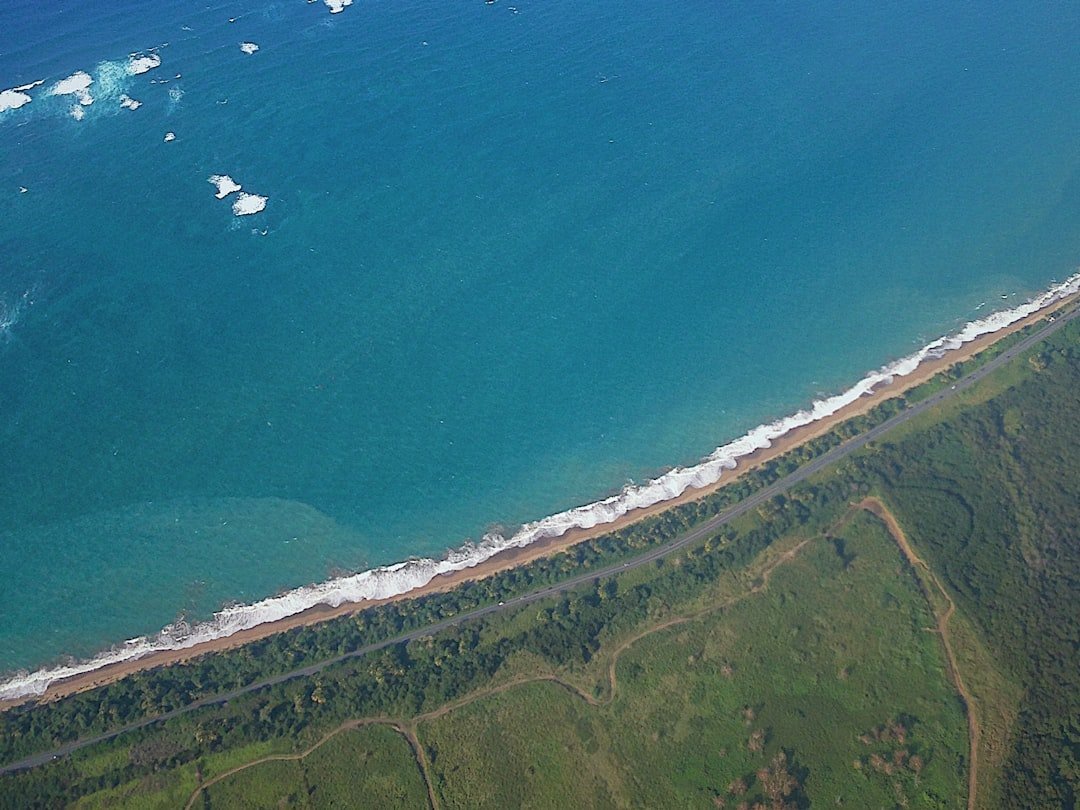
From Pacific basalt to North Atlantic cobble, the choreography changes but the play is familiar. Tropical mangroves host daily amphibious dramas under harsh sun, while temperate coasts lean on fog and cool spray to extend safe windows. Islands add twists: fewer land predators can encourage bolder crossings, but scarce shade raises desiccation risk. Urban shorelines pile on yet another layer, with seawalls creating dead ends and piers casting lifesaving shade.
In my notebook, the most memorable scene wasn’t exotic. It was a twilight crawl on a quiet West Coast headland: an octopus slid from one pool to another as beachgoers packed up for dinner. That ordinary backdrop made the behavior feel bigger, like watching a city pigeon navigate traffic with native skill. Amphibious life isn’t rare in far-off places; it’s present where we picnic, surf, and build. We’ve just been looking past it.
Changing Coasts, Changing Behavior

Warming trends and marine heatwaves push coastal species toward the edges of their comfort zones. Hot rock cuts the safe window for crossings; low oxygen in isolated pools nudges animals to gamble . Storms rearrange stepping stones, sometimes opening new routes and sometimes tearing them away. Sea-level rise adds a paradox, squeezing habitat where cliffs and cities box in the tide. Amphibious behavior becomes a barometer for all these pressures.
Managers can read that barometer. More night crossings may hint at thermal stress; fewer crossings could signal habitat fragmentation or predator spikes. Pairing time-lapse cameras with microclimate maps gives agencies a practical, low-cost dashboard. Patterns that once hid in anecdotes now show up as graphs with real-world uses. When behavior changes, it’s the shoreline saying, in action, that conditions have shifted.
From Ancient Tools to Modern Science
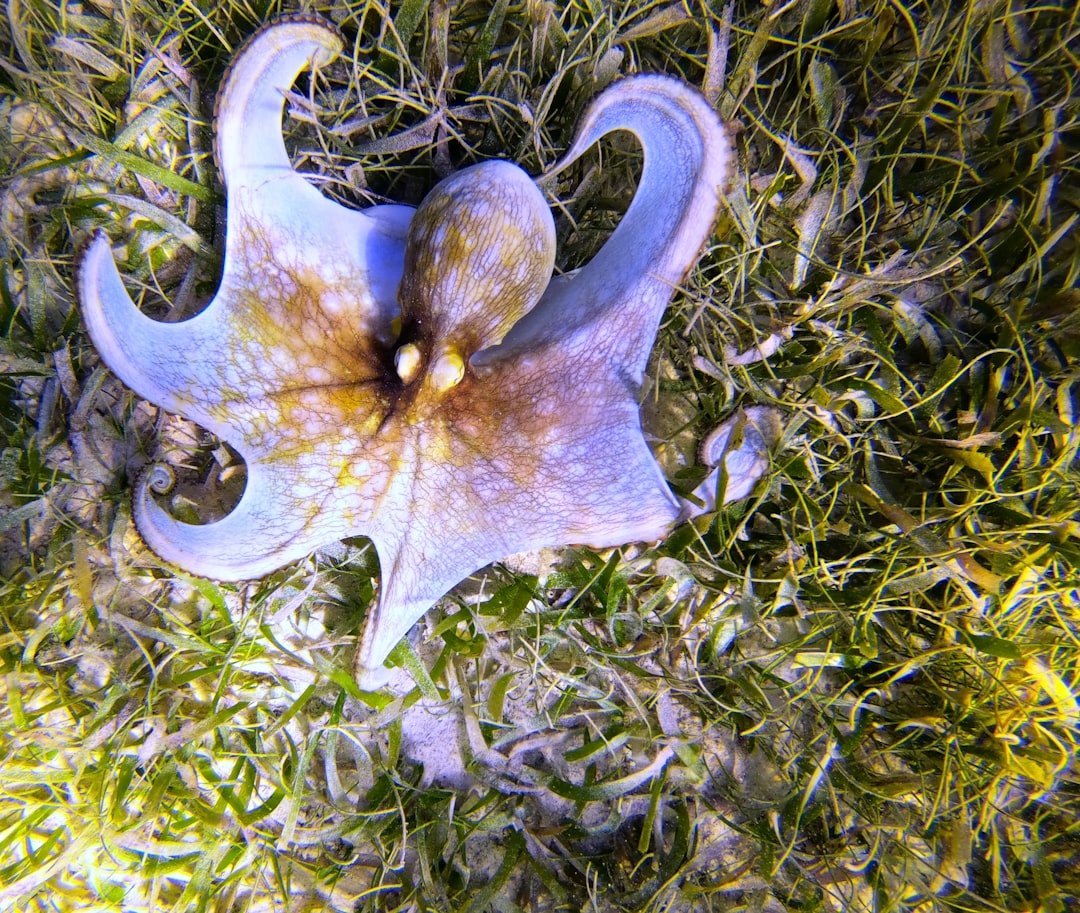
Not long ago, tracking an octopus across wet rock meant following smears and guesswork. Today, wearable tags log position and depth, releasing automatically so animals aren’t tethered to our curiosity. Lightweight drones trace routes in seconds that would take a person half an hour on slippery terrain. Software reconstructs 3D surfaces from overlapping images, letting researchers replay a crossing from any angle.
Even sounds matter. Passive acoustic sensors pick up the faint clack of shells and the plop of returning water, time-stamping moments when movement peaks. Coupled with environmental DNA, this creates layered evidence – footage, chemistry, and microclimate all pointing to the same event. The upshot is a field now rich in cross-checks. What began as a startled gasp becomes a dataset with teeth.
The Future Landscape

Next-generation tags will marry motion data with oxygen exposure, skin moisture, and temperature in one compact package. Tiny on-animal cameras could show what an octopus actually sees on the rocks – reflections, edges, and hidden crabs that humans miss. Predictive models will combine tide tables, heat forecasts, and wave energy to map the safest daily corridors between pools. That could guide conservation, placing protected microhabitats where animals truly move.
Challenges loom. Ethics demand gentle methods that respect short air windows and stress limits. Funding cycles can be shorter than the climatic oscillations we need to measure. And global equity matters; shorelines most affected by warming and sea-level rise often host the fewest research teams. Still, the tools are finally aligned with the questions. The coming decade should turn scattered sightings into genuine coastal intelligence.
What You Can Do
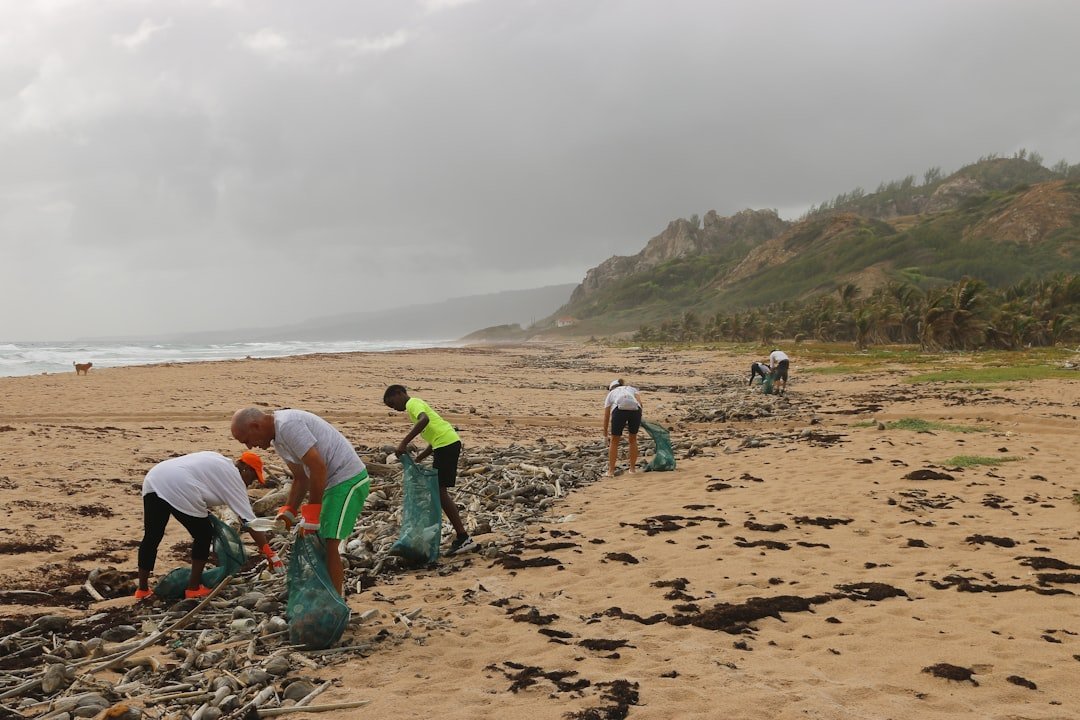
Helping amphibious coastal life doesn’t require a lab coat. Keep tidepool rocks wet and undisturbed; a scooped-out puddle can rob an animal of its safe route home. Visit at cooler times of day and give obvious travelers space, resisting the urge to “help” by picking them up. Local beach cleanups matter more than they seem, clearing tangled barriers that trap small fish and crabs. Citizen photos with time and location stamps can tip researchers to new hotspots.
Look for community science programs tracking tidepool health and shoreline temperature. Support marine reserves that protect entire intertidal mosaics, not just underwater zones. If you design or vote on coastal projects, ask how structures affect shade, splash, and stepping-stone access at low tide. Small design tweaks can open or close crucial paths. The shoreline is shared infrastructure, and every user pays into it – one way or another.
Final Thoughts
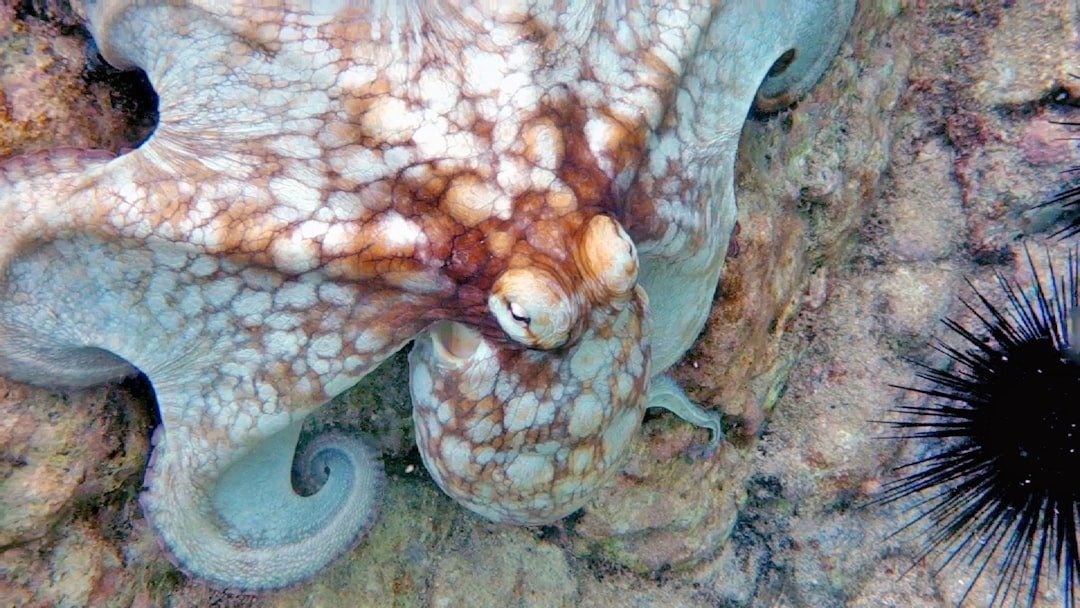
That octopus on the rocks isn’t a stunt; it’s a strategy, refined by tides that never keep still. Once you see the shoreline as a living hallway rather than a hard border, the coast comes alive in new dimensions. Amphibious behavior is a headline today because it reveals decisions that life makes under pressure, in minutes, at human eye level. It’s rare to watch evolution’s logic play out step by step, but here the stage is wet and ready every day.
So linger at the edge when the tide turns, and let your eyes adjust to slow magic. If something moves where it “shouldn’t,” you might be witnessing a survival story in progress. And if you leave a clearer path behind you, the next chapter might be even better. Did you expect that?

Suhail Ahmed is a passionate digital professional and nature enthusiast with over 8 years of experience in content strategy, SEO, web development, and digital operations. Alongside his freelance journey, Suhail actively contributes to nature and wildlife platforms like Discover Wildlife, where he channels his curiosity for the planet into engaging, educational storytelling.
With a strong background in managing digital ecosystems — from ecommerce stores and WordPress websites to social media and automation — Suhail merges technical precision with creative insight. His content reflects a rare balance: SEO-friendly yet deeply human, data-informed yet emotionally resonant.
Driven by a love for discovery and storytelling, Suhail believes in using digital platforms to amplify causes that matter — especially those protecting Earth’s biodiversity and inspiring sustainable living. Whether he’s managing online projects or crafting wildlife content, his goal remains the same: to inform, inspire, and leave a positive digital footprint.

